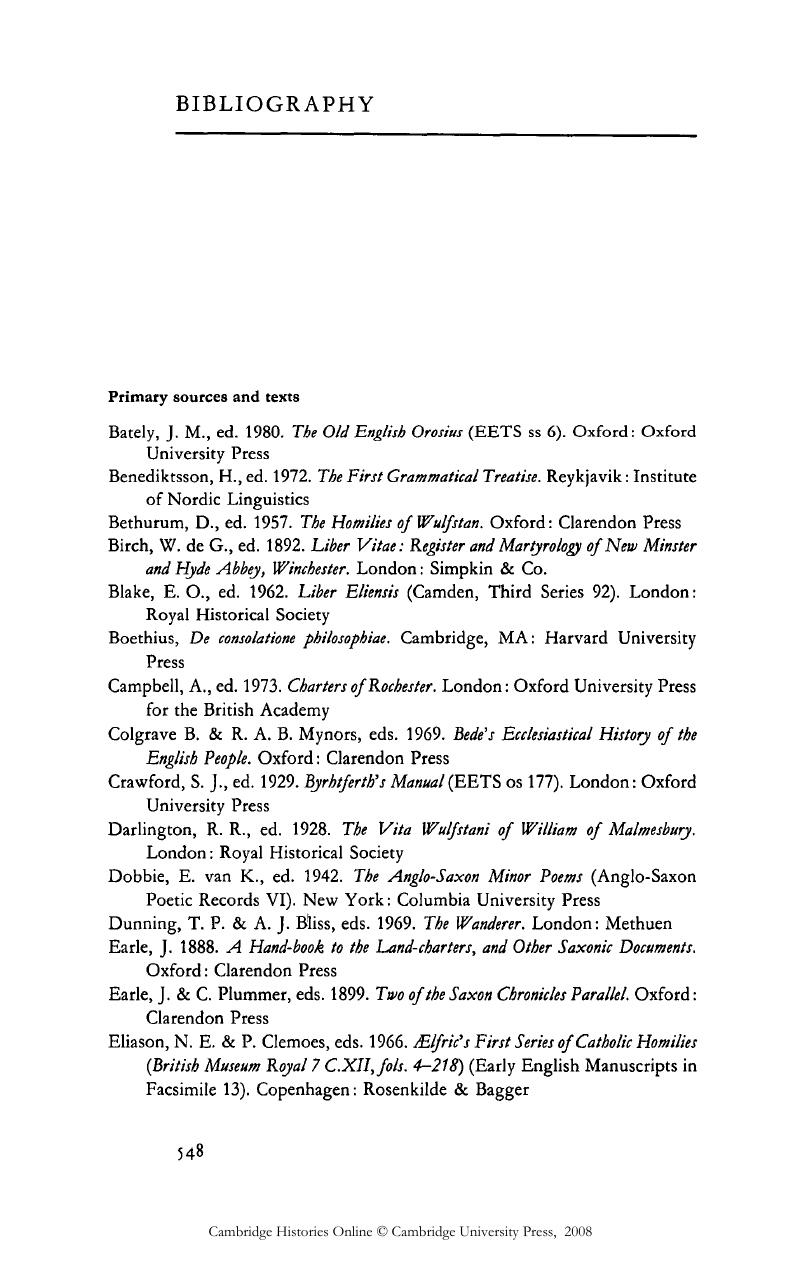Book contents
Bibliography
Published online by Cambridge University Press: 28 March 2008
Summary

- Type
- Chapter
- Information
- The Cambridge History of the English Language , pp. 548 - 588Publisher: Cambridge University PressPrint publication year: 1992



